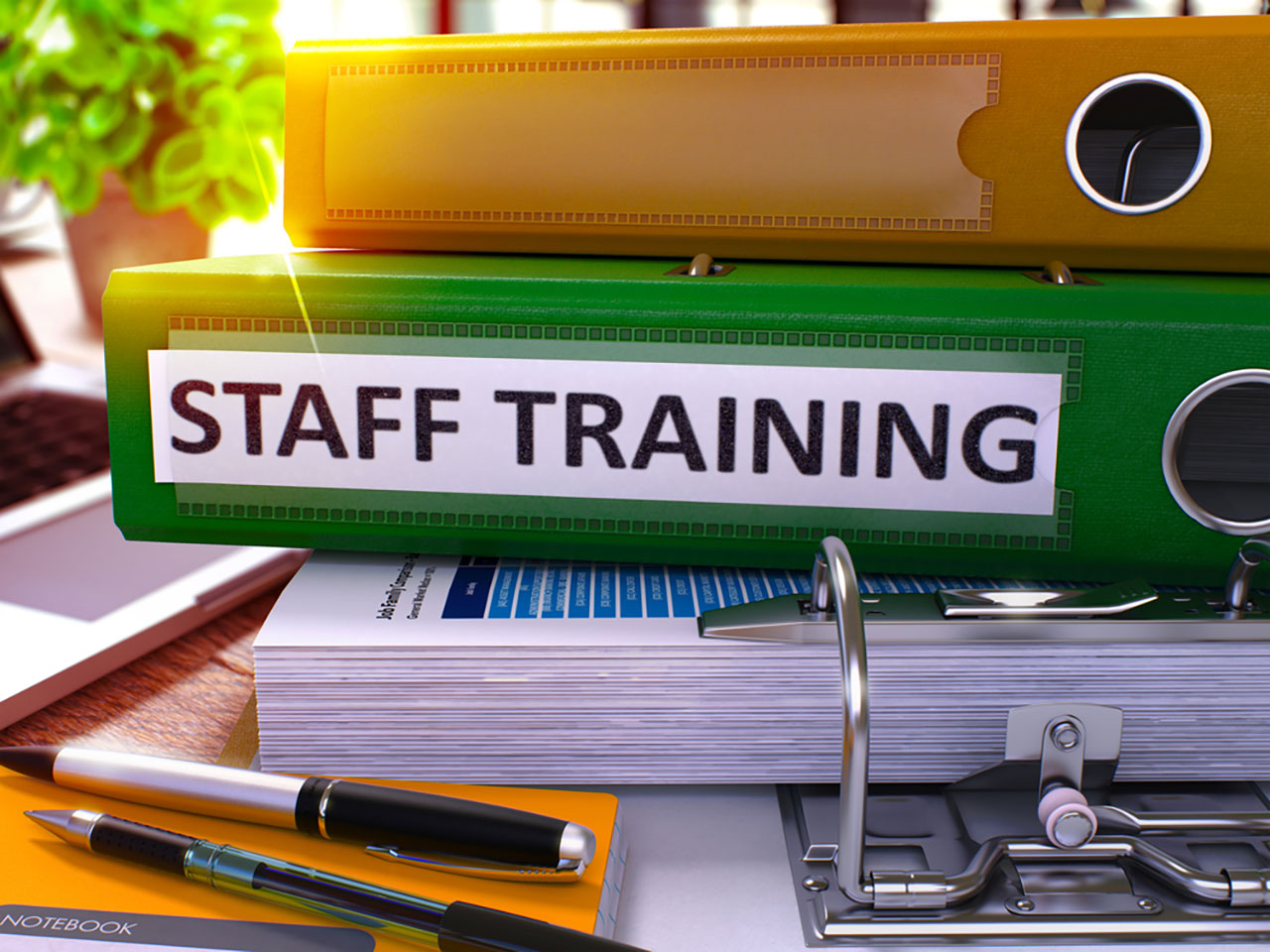
You see it all, from the laborer who digs holes to the carpenter that frames walls. Being a supervisor means a lot of responsibility and taking into account that each and every person plays a different role in the workplace and they are all important. Each part makes a hole and in terms of work, every person is a part that helps get the job or task completed.
Supervisor's Role In Safety
Your responsibilities range from getting your day-to-day work done to payroll and much more. You are also in charge of Weekly Safety Meetings, which means you have to establish who will help you promote safety in the workplace. You are trusted to take care of the people that are a part of your crew so that they are able to go home safely and in one piece at the end of the day. Safety Meeting Outlines understands being a supervisor is a lot of responsibility, which is why we created tips for those who are taking on this important task.
Safety is an Everyday Process
There are potential hazards on every job site. It is your job to make sure everyone is prepared and understands what a safe workplace means so that accidents do not occur. Safety Meeting Outlines promotes leading by example and through education, your crew will be able to take on any task with care and take into consideration being safe. Our S.A.F.E. Cards are perfect for on-the-spot safety training, testing your team with our Quizzes will help promote being attentive during meetings and keep organized with our Construction & Maintenance Daily Log Books. We have the tools to help work with your best attributes as a supervisor and we can help you improve in other areas that you feel you need some tips or just general help in terms of keeping everyone organized and on task.
Tips for Safety Meetings
We have some quick tips and general ways you can make Weekly Safety Meetings efficient and effective. To start, prepare before your meeting, read over the Weekly Safety Meeting sheet and think of examples that will help your crew better understand the message you are trying to convey. Timing is everything, schedule the safety training at the beginning or in the middle of their shift so your team can get back to work after. If you schedule it before lunch or at the end of the day, everyone will be distracted about the next thing they are going to do. Your delivery is important in terms of making everything hands-on and getting your audience involved. Your crew is used to working with their hands, so help them see what you are trying to explain through interactive learning.
To ensure your crew understands the lesson, establish comprehension by asking questions. Give them a chance to answer and show that they understand the hazards and solutions presented. If no one knows the answer, explain it to them yourself and come up with an example to help them fully understand. Listening is key to make the meeting a comfortable place for your team to ask questions. Try to relate the lesson to the actual work they are doing and encourage discussion through talking about their jobs and tasks. To document your meeting, have everyone sign it at the end of class including yourself to show OSHA that you have been providing this training and that you take it seriously.
How Safety Meeting Outlines Can Help
Safety Meeting Outlines seeks to provide guidance for supervisors to help them get their message across and create the safest environment at their job sites. Safety is key to every task and every person on your team needs to be aware of the importance of looking at potential hazards and solutions so they are able to act in any situation. Supervisors work to make sure they are doing their job effectively, efficiently, and most importantly, safely.
Human-Resources Training




